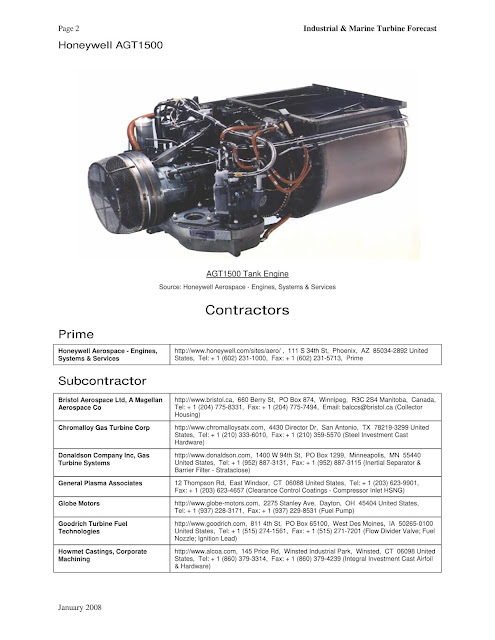ისრაელის თავდაცვითი ძალების განცხადების თანახმად, გასული წლის განმავლობაში ისრაელის ავიაციამ 54 სამიზნე გაანადგურა სირიაში და 900 გაზას სექტორში. უპილოტოებმა მთლიანობაში 40 000 საათი იფრინეს მტრის სამიზნეების საიდენტიფიკაციოდ. ამგვარად ისრაელი ცდილობს აღკვეცო ირანის მცდელობა მოიპოვოს გავლენა და გასასვლელი ხმელთაშუაზღვის რეგიონში.
ბოლო წლების დეტალური სტატისტიკა იხილეთ ინგლისურ ტექსტში:
Israel has struck 54 targets in Syria and 900 in the Gaza Strip over the last year, which has also seen a decrease in attacks in the West Bank, data released by the IDF has shown.
Thursday marked the first time that Israel’s military publicly stated the exact number of targets struck by the Israel Air Force in Syria.
Israel has been carrying out a “war-between-wars” campaign aimed at preventing Iran from reaching its goal of establishing a 1,200 km. length land bridge from Tehran to the Mediterranean, entrenching itself on Israel’s northern borders. Hundreds of targets are estimated to have been struck by Israel over the years.
During the first few years of Israel’s campaign against Iran, the state denied having struck targets in war-torn Syria, preferring instead plausible deniability in an attempt to prevent any retaliatory attacks by Iran or their proxies like Hezbollah.
On September 1, on the first day back to school in Israel, Hezbollah fired a Kornet anti-tank missile toward an IDF vehicle in northern Israel, driving between the communities of Yir’on and Avivim.
While there were no Israeli casualties or injuries, the incident marked the first time since the Second Lebanon War in 2006 that saw direct confrontation between the IDF and Hezbollah, which could have spiraled into war.
In addition to the targets destroyed in Syria, the IDF noted six cross-border attack tunnels dug by Hezbollah from southern Lebanon into northern Israel. The military also noted that 38 kilometers of the barrier between Syria and Israel has been built along the northern border.
The past year saw the most serious peak of violence between Israel and terror groups in the strip since the end of Operation Protective Edge in 2014, with 1,295 rockets fired in 2019 – the majority (93%) having been fired during the 12 violent rounds of confrontation between Israel and terrorist groups in the Strip.
According to the military, 729 of them were fired toward open territory while another 478 were fired toward residential areas, with 85% of them intercepted by the Iron Dome missile defense system.
While almost every year since Hamas took control of the Gaza Strip in 2007 the number of rockets fired toward Israel was in triple digits, 2018 has seen the most serious peak of violence between Israel and terror groups in the strip like Hamas and Palestinian Islamic Jihad (PIJ), since the end of Operation Protective Edge in 2014.
In comparison, a total of just over 1,000 projectiles were fired toward Israel in 2018, and 35 projectiles were fired toward Israel in 2017, 15 the previous year and 21 in 2015, for a total of 71 rockets launched from the coastal enclave by terror groups.
In response to the rocket fire from Gaza, the Israel Air Force carried out over 1,800 sorties and struck 900 targets in the Strip over the past year, the large majority of them belonging to Hamas and Palestinian Islamic Jihad. In comparison, 865 targets were struck in 2018.
Unmanned aerial vehicles spent over 40,000 operational hours during missions over the past year.
According to the IDF, only 22 out of a total of 47.5 kilometers of the underground barrier with the Gaza Strip has been completed. It was expected to be completed by the end of 2019.
In the West Bank, there has been a notable decrease in attacks by Palestinians against Israeli troops and civilians, with a total of 51 terror attacks in the past year compared to 76 in 2018, 75 in 2017 and 141 in 2016.
According to the data, there were 19 shooting attacks in 2019 compared to 33 during the previous year, 34 in 2017 and 54 in 2016. There has also been a decrease in stabbing attacks with 12 in 2019 compared to 17 in 2018, five in 2017 and 22 in 2016. The military noted that there was also a decrease in stone and IED throwing toward Israeli cars over the past year, with 1,469 instances of stone throwing in 2019, compared to 1,881 in 2018, 2,549 in 2017 and 2,225 in 2016. Meanwhile, there were 290 IEDs thrown at cars in 2019 compared to 990 the previous year.
The military also noted that 603 guns and 521 knives were confiscated from Palestinians in the West Bank, compared to 406 guns and 273 knives confiscated the previous year. The IDF also confiscated NIS 972,560 in terror funds compared to NIS 2,156,089 in 2018.















